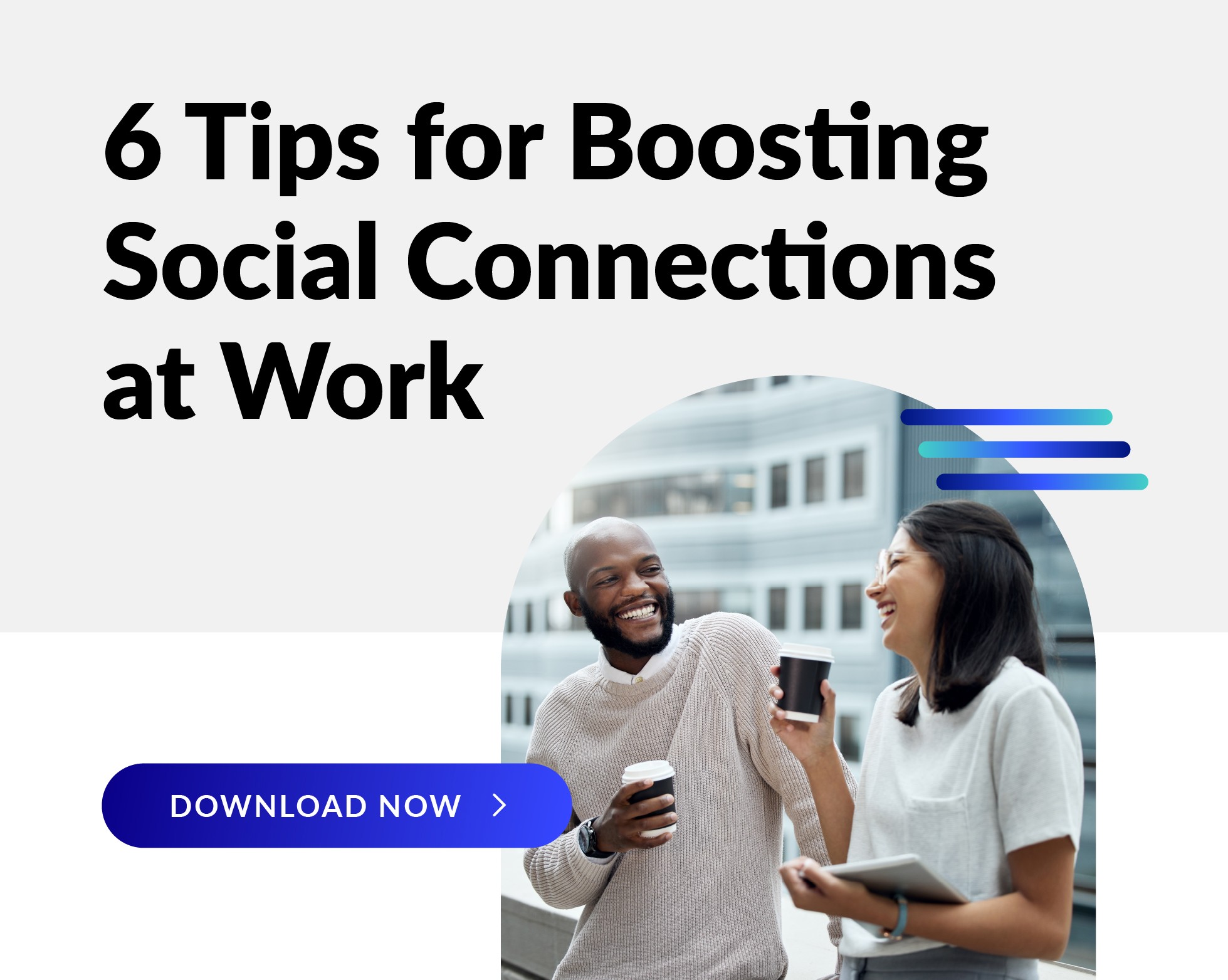 At WebMD, we know a thing or two about diagnosing symptoms. So if you’re starting to notice some changes in your well-being program, WebMD Health Services’ workplace well-being assessment can help. Read on to learn about what your symptoms might mean and get advice for addressing them.
At WebMD, we know a thing or two about diagnosing symptoms. So if you’re starting to notice some changes in your well-being program, WebMD Health Services’ workplace well-being assessment can help. Read on to learn about what your symptoms might mean and get advice for addressing them.
In a perfect world, the excitement and enthusiasm generated by the launch of a well-being program would last forever. But, the reality is business priorities shift, leaders come and go, and workplace needs change, including what employees need to stay healthy and happy. The truth is, like people, well-being programs, can benefit from a check-up every now and then.
To help you with your workplace well-being check, we’ve put together a list of some common areas to evaluate:
1. Leadership. Getting buy-in for a workplace health program is essential, and while most organizations do a good job of enlisting leadership support prior to launching a program, enthusiasm can wane. And without support from HR leaders, executives, and other decision-makers, even the most robust well-being program can only go so far.
What you can do:
- Share metrics, data, and key performance indicators that measure how the program is impacting health care costs, employee engagement, retention and overall well-being.
- Solicit employee testimonials to demonstrate how the well-being program is making a real impact.
- Ask management to share their thoughts on what should be included in the well-being program.
- Consider tapping a new executive to serve as well-being program champion to benefit from fresh ideas and a new approach.
2. Employee engagement. You may have gotten great participation at launch, especially if you offered a reward for completing the Health Assessment. But to get maximum engagement, it might be time to rethink your reward strategy and how you’re marketing the well-being program.
What you can do:
- Reward engagement with multiple aspects of the program, beyond the Health Assessment.
- Vary incentives every so often to align them with different dimensions of well-being (physical, emotional, mental, social and clinical).
- Match rewards to the culture of the organization.
- Communicate more than you think you should to keep the program top-of-mind. Use multiple communication tools, including digital, print, and in-person.
3. Well-being program relevance and inclusivity. Well-being is personal, and the best way to engage employees in changing health behaviors is to make it relevant to them as individuals. But organizations are complex and it’s not always easy to reach everyone in a meaningful way, especially if you have multiple locations, recent mergers/acquisitions, or widely varying job roles and employee populations.
What you can do:
- Segment your population based on health condition, geography, or job function and consider targeting communications to these groups.
- Pay attention to the inclusivity of your well-being program offerings to ensure that it offers something for everyone—regardless of health status, geographic location, religion, gender, abilities, sexual orientation, economic circumstances and racial or ethnic background.
- Ensure your well-being communications reflect diverse imagery and messages that are relatable and understandable.
4. A culture of well-being. You know that the degree to which the organization values and supports its employees’ holistic well-being is a big factor in creating a strong company culture. It’s why you decided to partner with a well-being provider in the first place. But even though all the well-being offerings are in place, there still isn’t a tangible sense of a well-being culture in the organization.
What you can do:
- Make the link between the values, vision and mission of the organization and the well-being program.
- Treat well-being as a business issue that directly impacts the bottom line.
- Survey employees to understand what they really want out of a well-being program.
- Bring people together in the pursuit of well-being through wellness challenges.
- Take stock of the signals that the workplace sends around well-being. Examples include healthy food offerings, permission to engage in physical activity during the day, and the degree to which mental health is discussed and prioritized.
Ready to get a handle on what might be ailing your organization’s well-being program? Check out our workplace wellness assessment to help you evaluate workplace well-being, or contact us at connect@webmd.net.




